At the beginning of the process the Museum used to create the interactive Final Mission: USS Tang Submarine Experience , we created a team that would work together on the two main parts of the exhibit. As the lead historian on our team, I was in charge of the historians and curators working on the historical content of the exhibit. Our responsibilities focused on creating and ensuring the accuracy of the story line, script, depiction of events, personalities, models of ships and submarines, visual and audio elements, and dialogue.
The coleader of the team was my colleague, the Museum’s Associate Vice President for Operations, Paul Parrie. Paul and his team members were responsible for the show elements of the exhibit, making certain that things such as lighting designs, computer programming, audio tracks, video projections, and video recordings not only were of high quality, but that everything actually worked together and in proper sequence to produce the show. In his youth, Paul served as a submariner in the US Navy, so the exhibit was deeply personal to him, and we shared a common background in television production from earlier in our careers (although admittedly Paul had advanced much further in that world than I). As the leaders of the “creative” and “content” sides of the exhibit, Paul and I would often strongly disagree at times, but our mutual respect and commitment to ultimately just trying to honestly figure out what looked, sounded, and worked the best on the screen or in the exhibit space made for a great collaboration.
My previous post recalled the Museum arrival of the fabrications for the equipment found on board the Tang (with only three weeks before the grand opening in January 2013). Only days prior to that, we were still creating the show content.
Final Mission has two show components. When visitors queue to enter the exhibit, they receive a Navy “watch-bill,” a card that assigns them to a station on the simulated submarine and containing biographical information about an actual Tang crew member who manned that station on the fifth war patrol. Visitors first enter an antechamber of the submarine where a preshow video plays in which Captain Richard O’Kane appears before the visitor crew, instructing them on their mission before they enter the main chamber and go to their positions.
To create the video featuring an actor playing Captain O’Kane during the war, in mid-December 2012 we traveled back to New Jersey and the USS Ling (featured in the first post of this series). As a Balao-class submarine, the Ling was the perfect set. Working with Cortina Productions, Paul and I sat in on the video shoot featuring actor Joel Lambert (a former Navy veteran himself) as Captain O’Kane.
In this series of photographs from the shoot that day, one can see the Ling in the river at Hackensack, then Paul inspecting a torpedo, exploring the interior of the boat, and observing a take by Joel Lambert on a video monitor with one of Cortina’s staff. (If memory serves me correctly, we were in the crew’s quarters of the sub watching takes on the monitor while Lambert and the rest of the Cortina crew were in the sub’s control room). Finally, there are two pictures of the video crew at work topside. In the first, the Cortina crew captures Joel Lambert in character as Captain O’Kane. In the second, Lambert intrepidly poses as Captain O’Kane on the bridge of the Ling, with Old Glory waving in the wind behind him.
There was one final, special image I took home from this production shoot. While passing through the control room, I took a quick look through the periscope. The weather was clear that day, and I was amazed that I could recognize a great American landmark far off in the distance. I took my cell phone, held it to the eyesight, snapped two photographs, and hoped for the best. In this gallery, one can see three photographs. The first is the stern of the USS Ling pointed northward from New Jersey toward New York City. The second and third photos are the two images I captured at the periscope. In the first, the faint outline of the Manhattan skyline is visible. In the second, one can clearly identify the Empire State building through the periscope of the USS Ling.
We wrapped up a successful shoot and returned to New Orleans. But our attempt to re-create the persona of Captain Richard O’Kane leading his crew into combat underscored how amazing the real experience of the crew of the Tang was. We were not merely responsible for O’Kane’s story, heroic though his leadership was, but for all of the other 86 crew members who served under him. Our efforts to faithfully represent them in the creation of this exhibit will be the focus of my next post.
Notes: This is the fourth post in a series revisiting the making of the interactive exhibit Final Mission: USS Tang Submarine Experience. Read Part One. Part Two. Part Three. Part Five. Part Six. Part Seven. In a parallel series of The Words of War posts, Dr. Huxen is exploring books about submarine warfare during World War II. Read Part One of that series. Part Two. Part Three. Part Four. Part Five. Part Six. Part Seven.
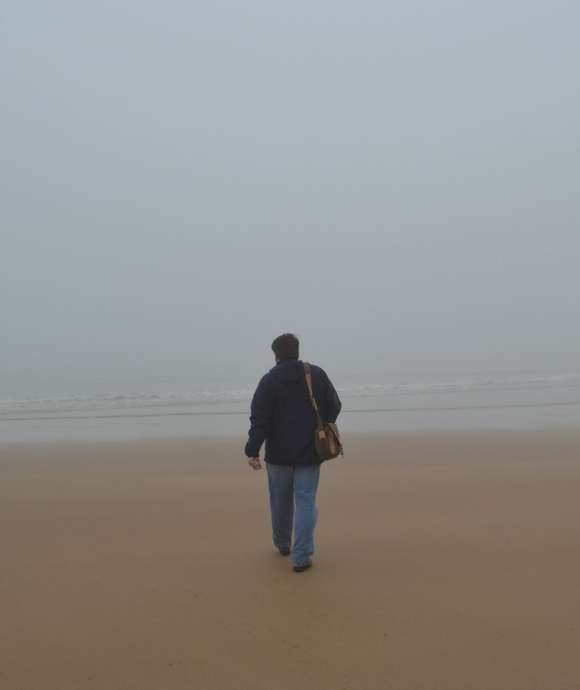
"No matter one’s age, travel is a unique and exciting educational experience. In my work, I have had the opportunity to reflect on history, events, and people in the places where they experienced life. Through the viewfinder, we can not only find history and perspective, but create memory, and evoke our evergreen past."
– Keith Huxen, PhD, Senior Director of Research and History, The National WWII Museum
Keith Huxen
Keith is the former Senior Director of Research and History in the Institute for the Study of War and Democracy at The National WWII Museum.
Cite this article:
MLA Citation:
APA Citation:
Chicago Style Citation:
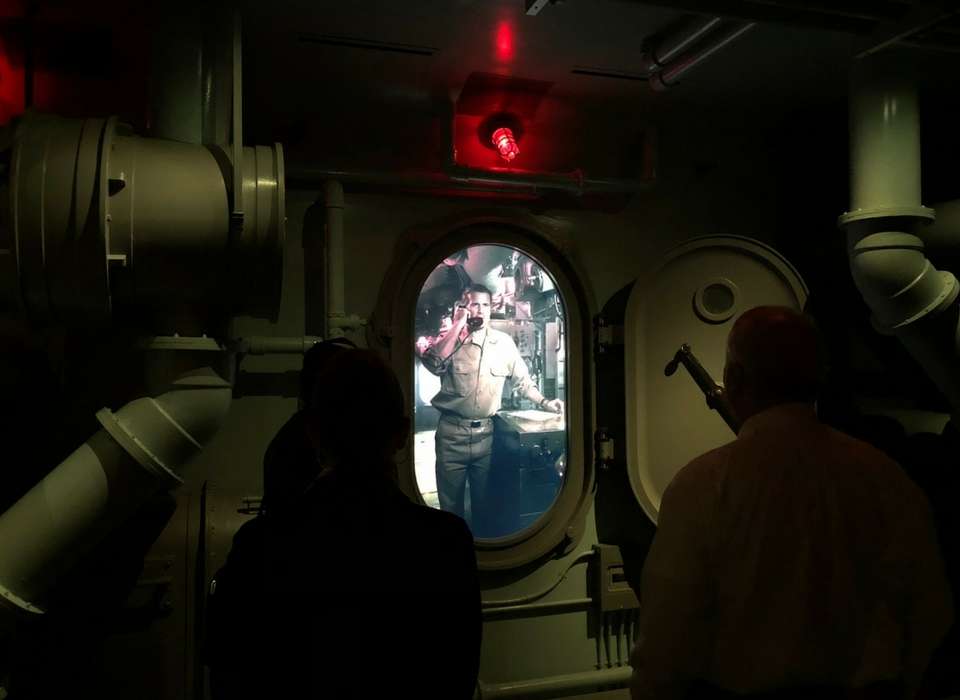
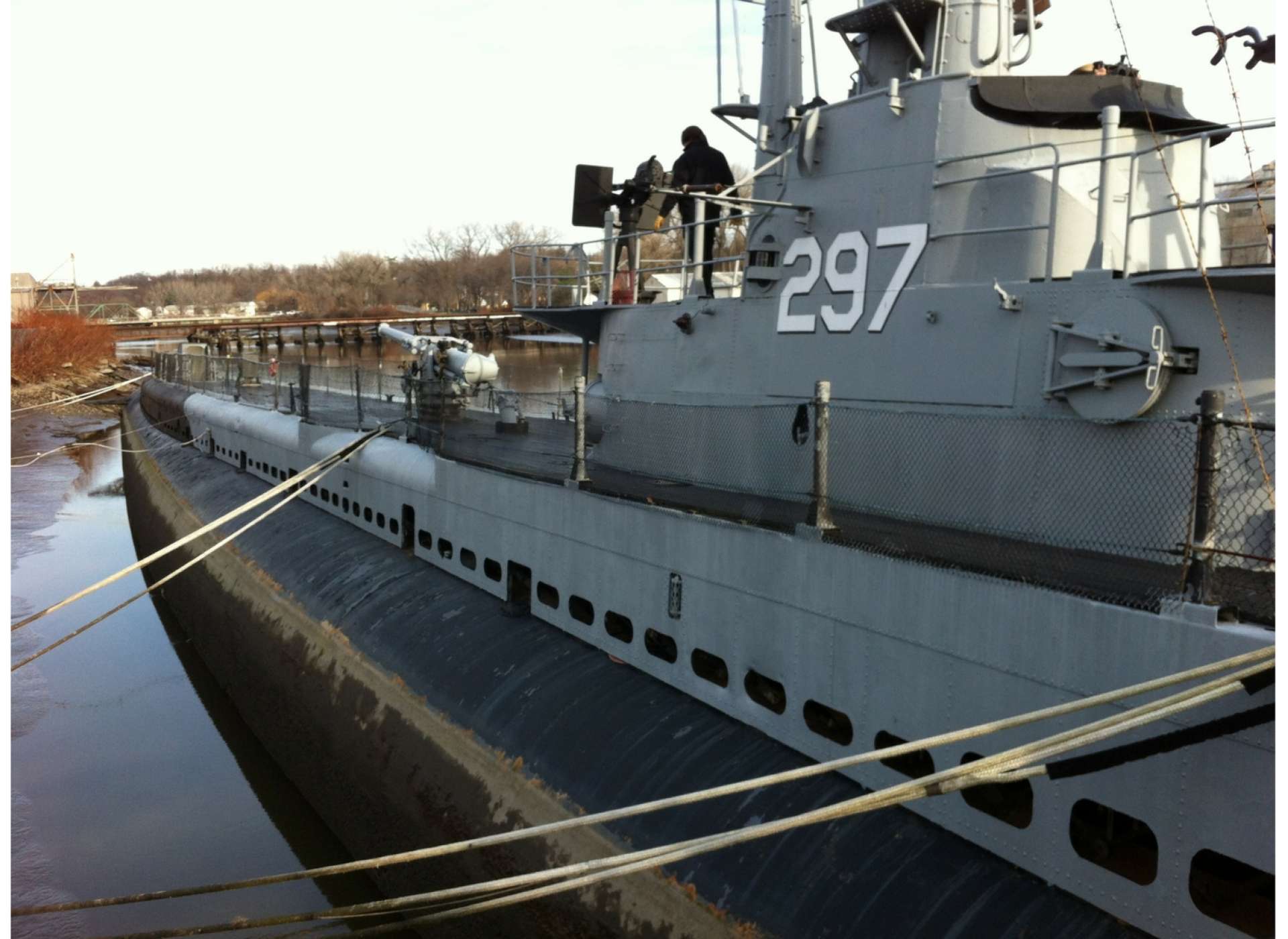
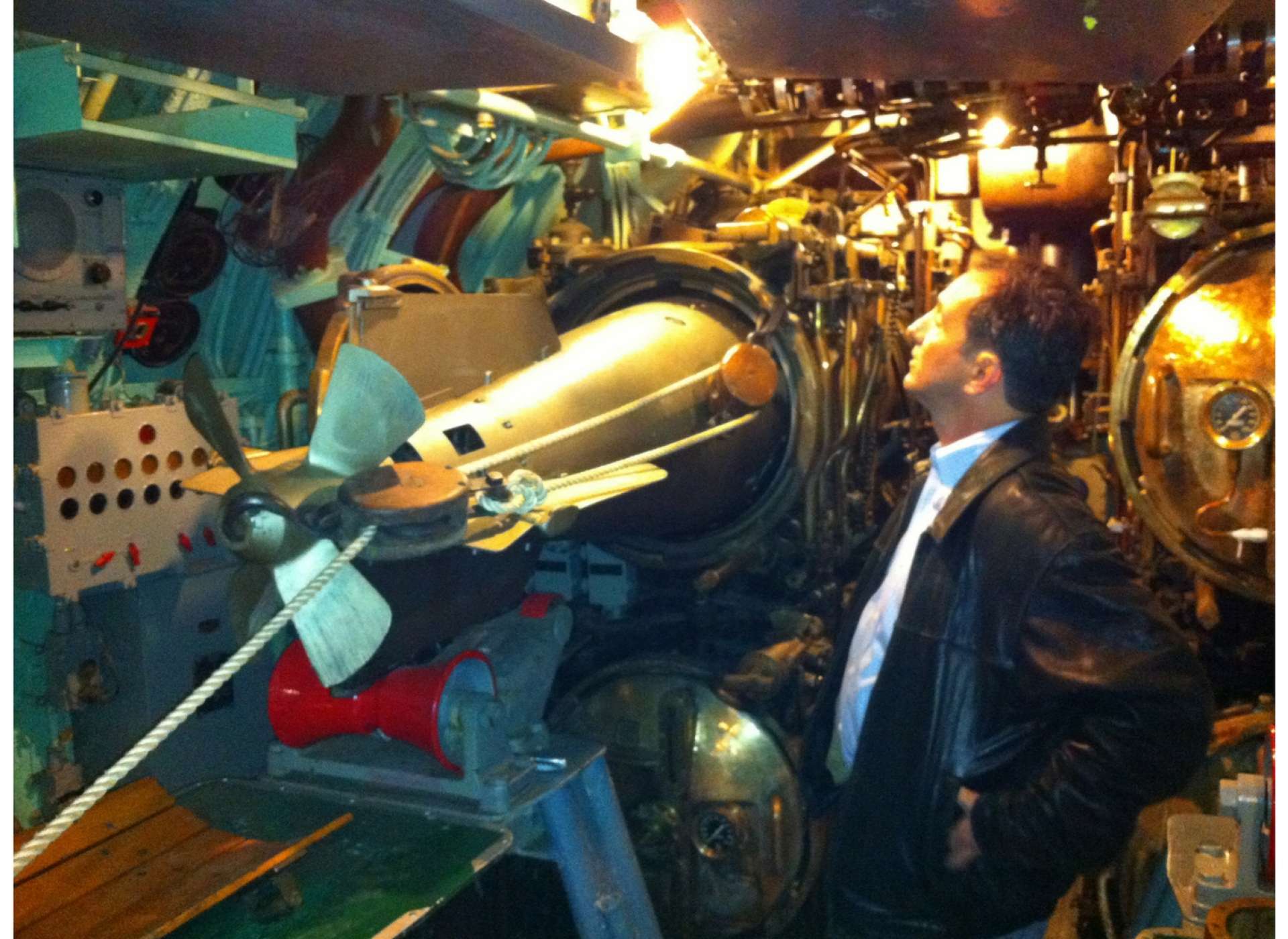
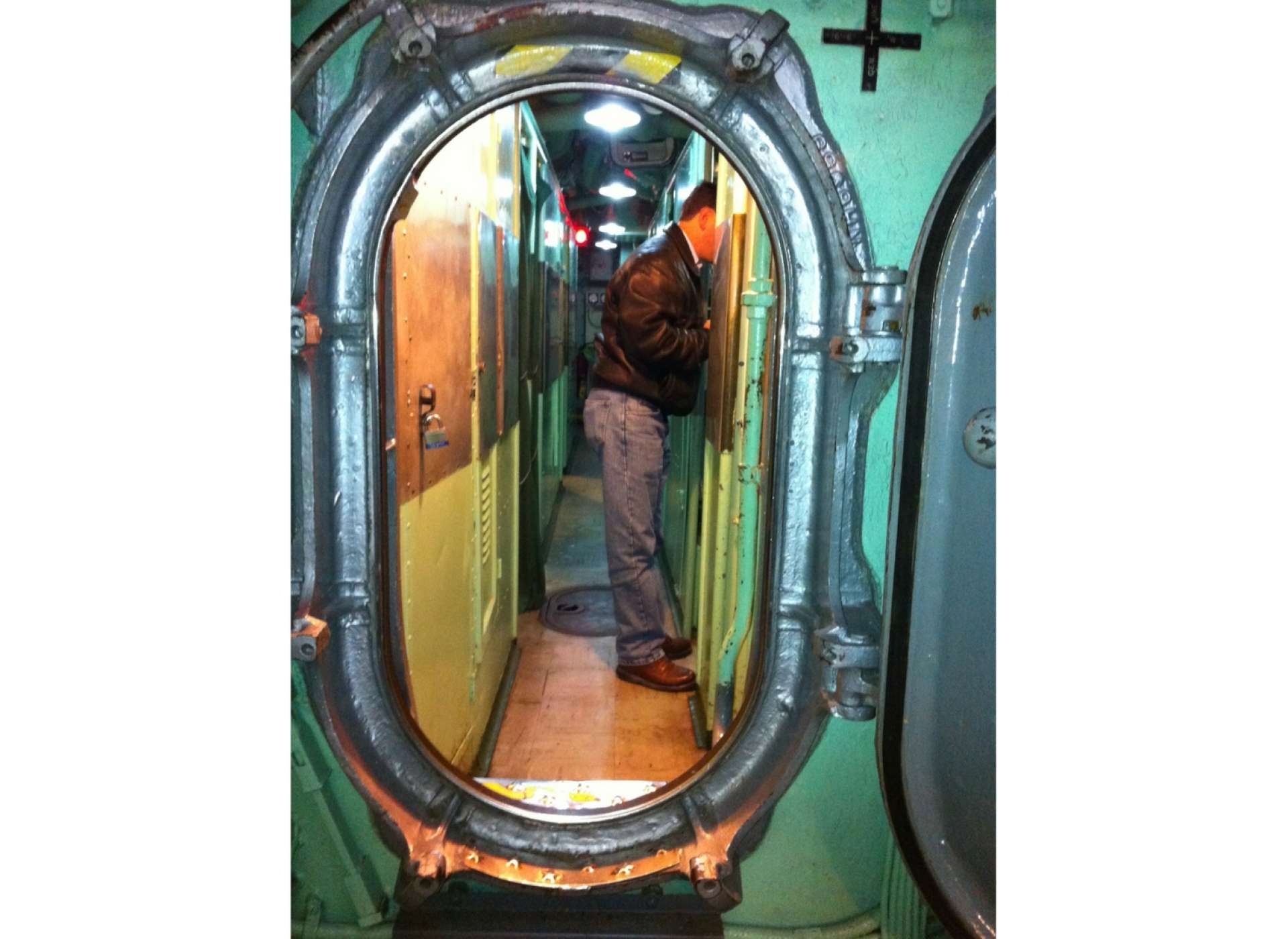
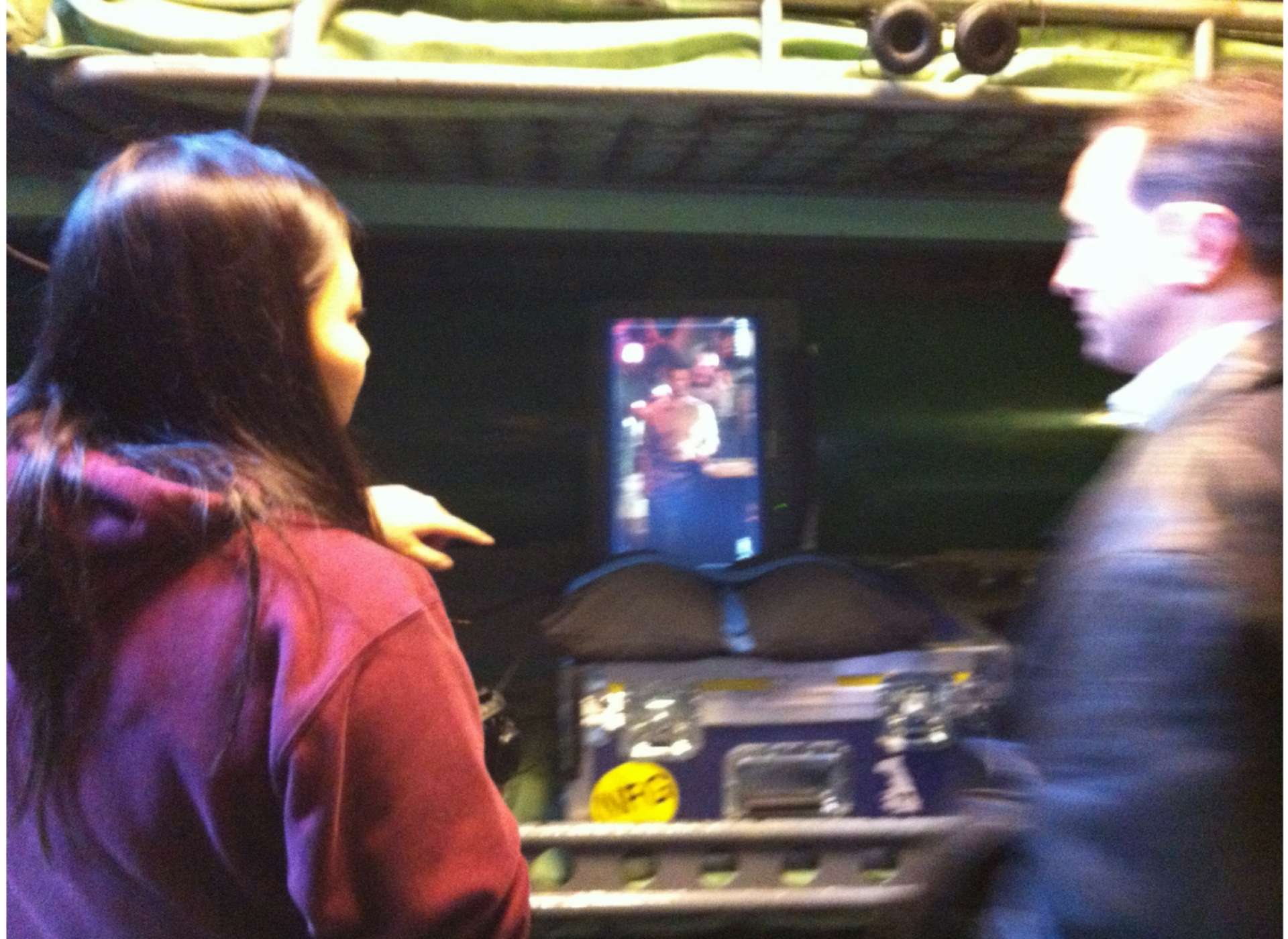
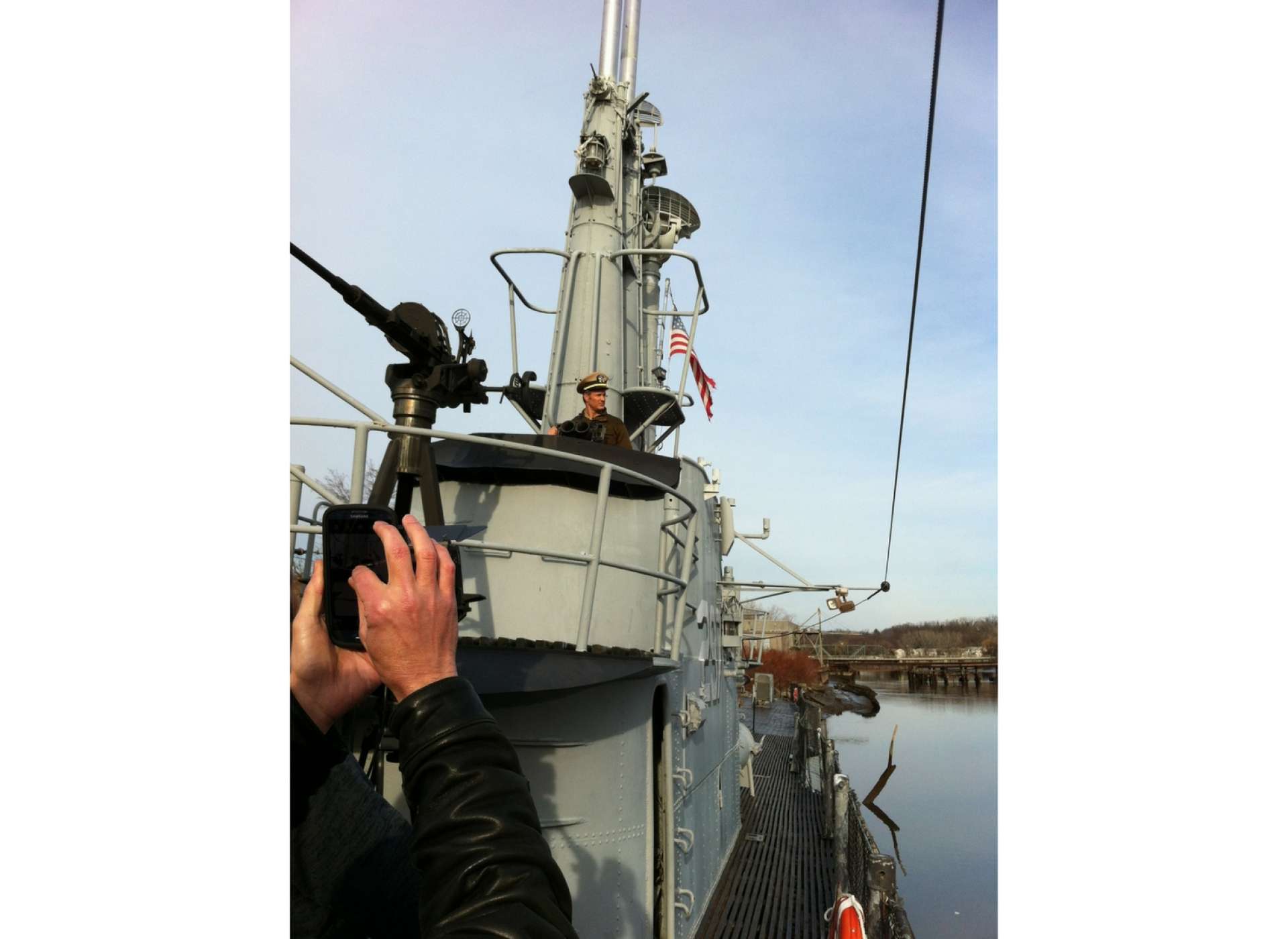
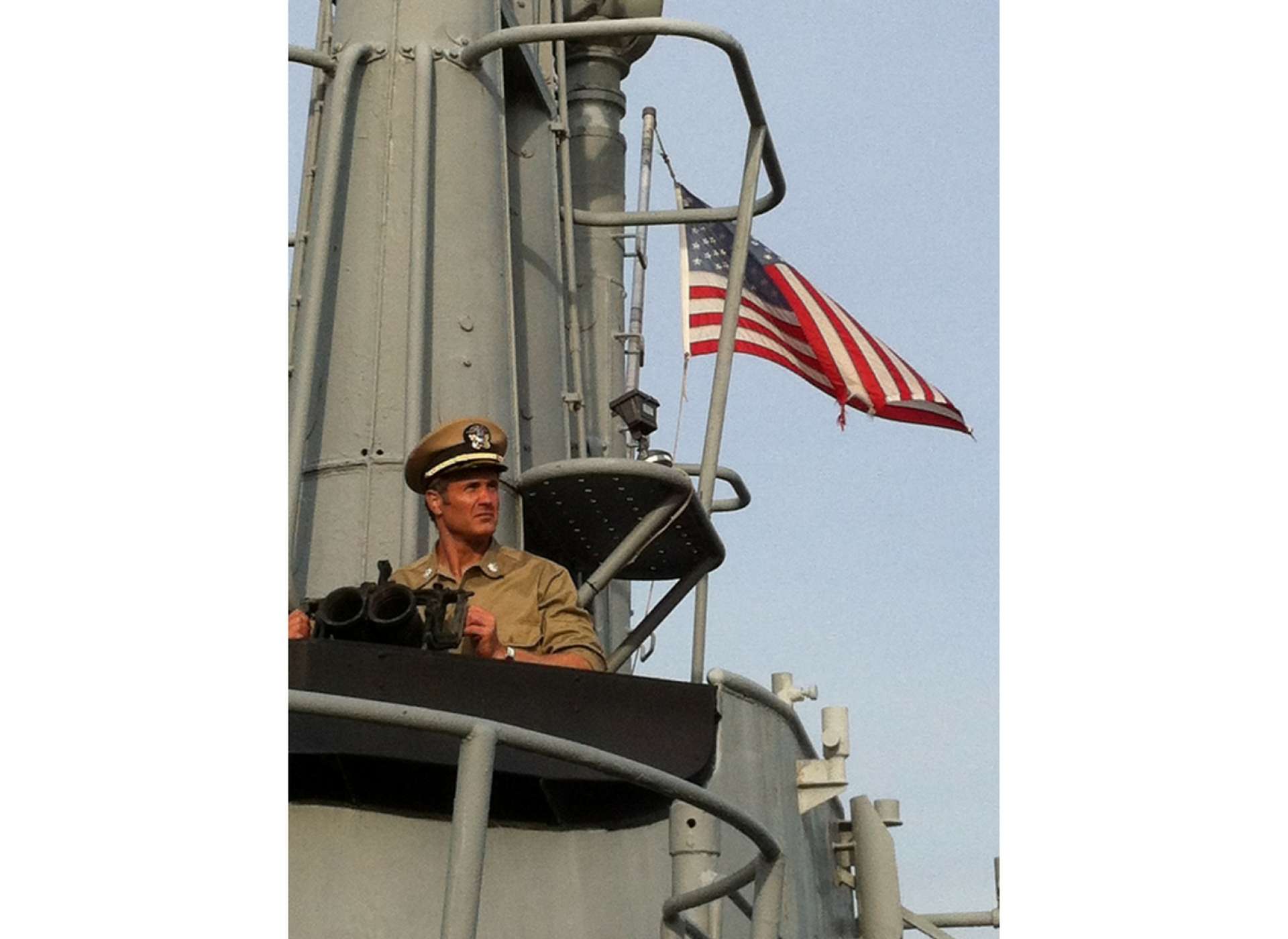
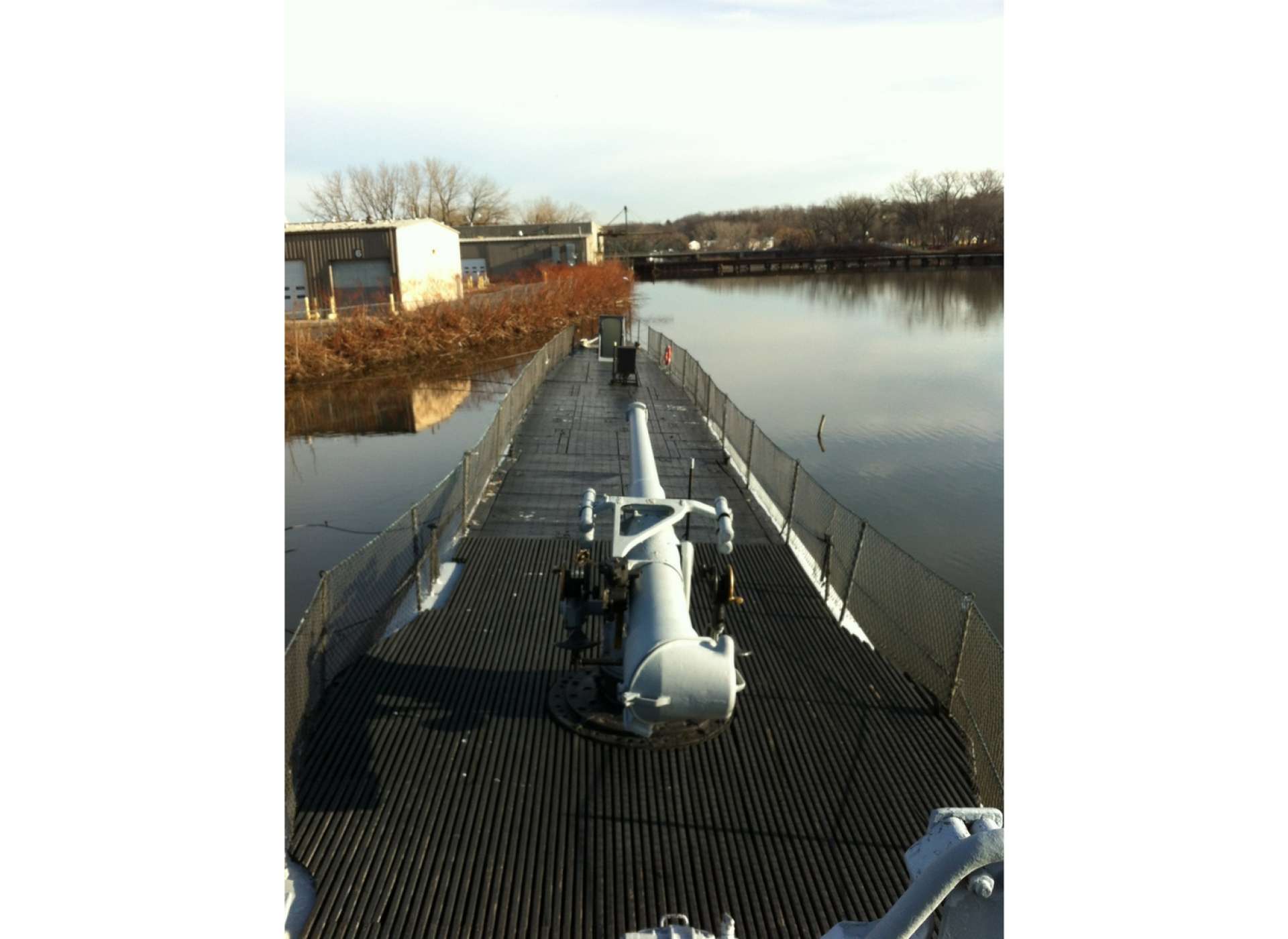
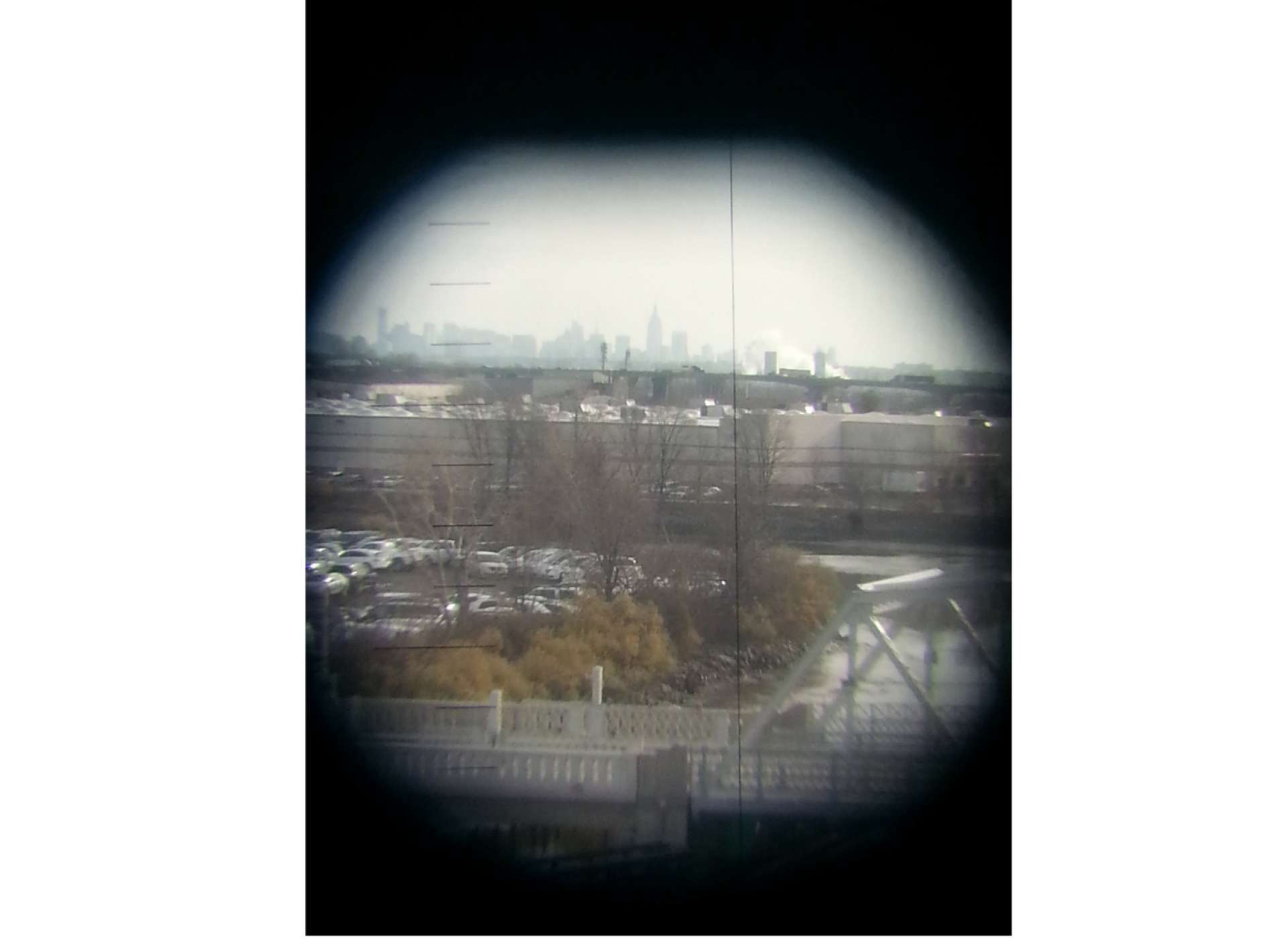
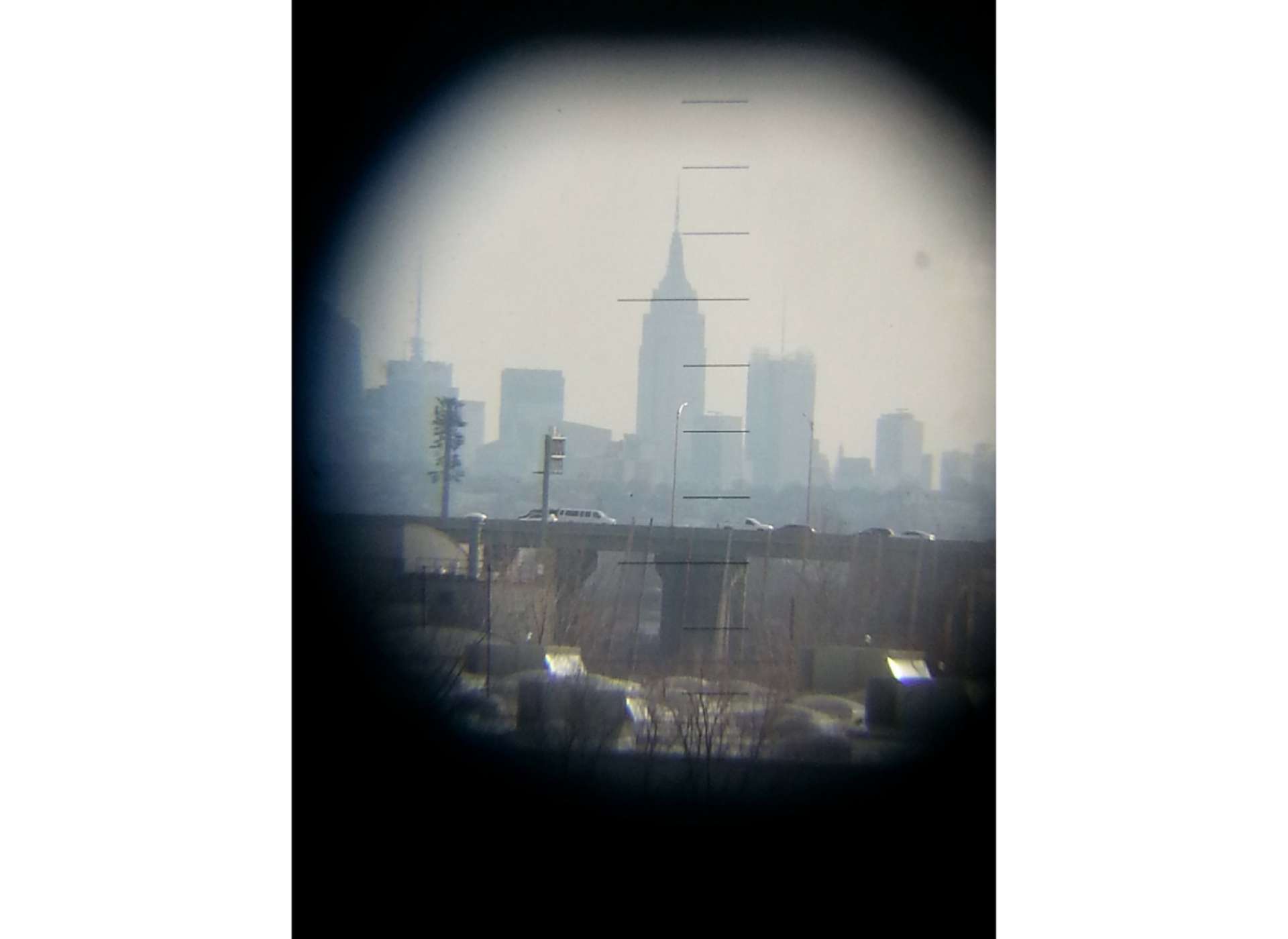

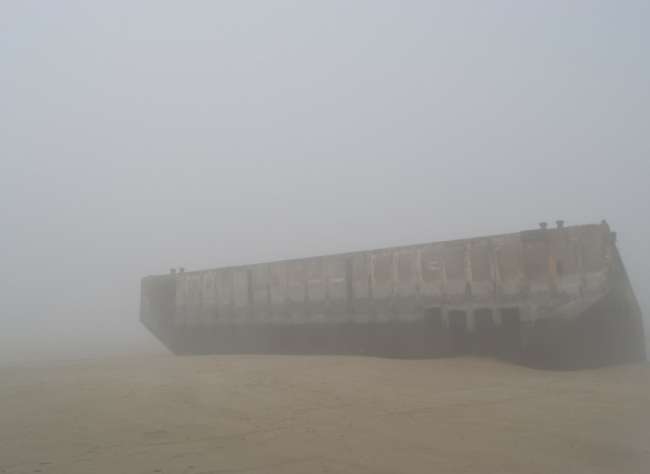
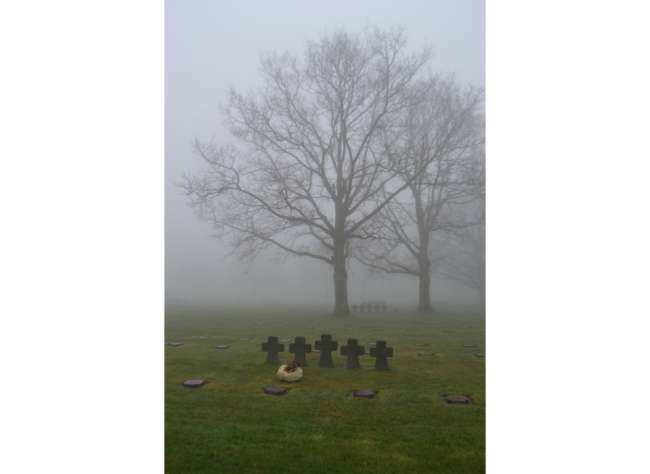
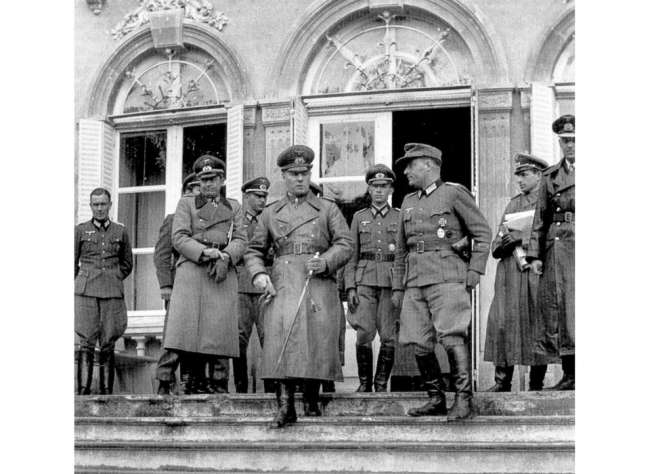





![Max Fuchs, New York City cantor, sings as Rabbi Sydney [sic] Lefkowitz, Richmond, VA, conducts the first Jewish services from Germany.](/sites/default/files/styles/max_650x650/public/2025-10/image1.jpg)

